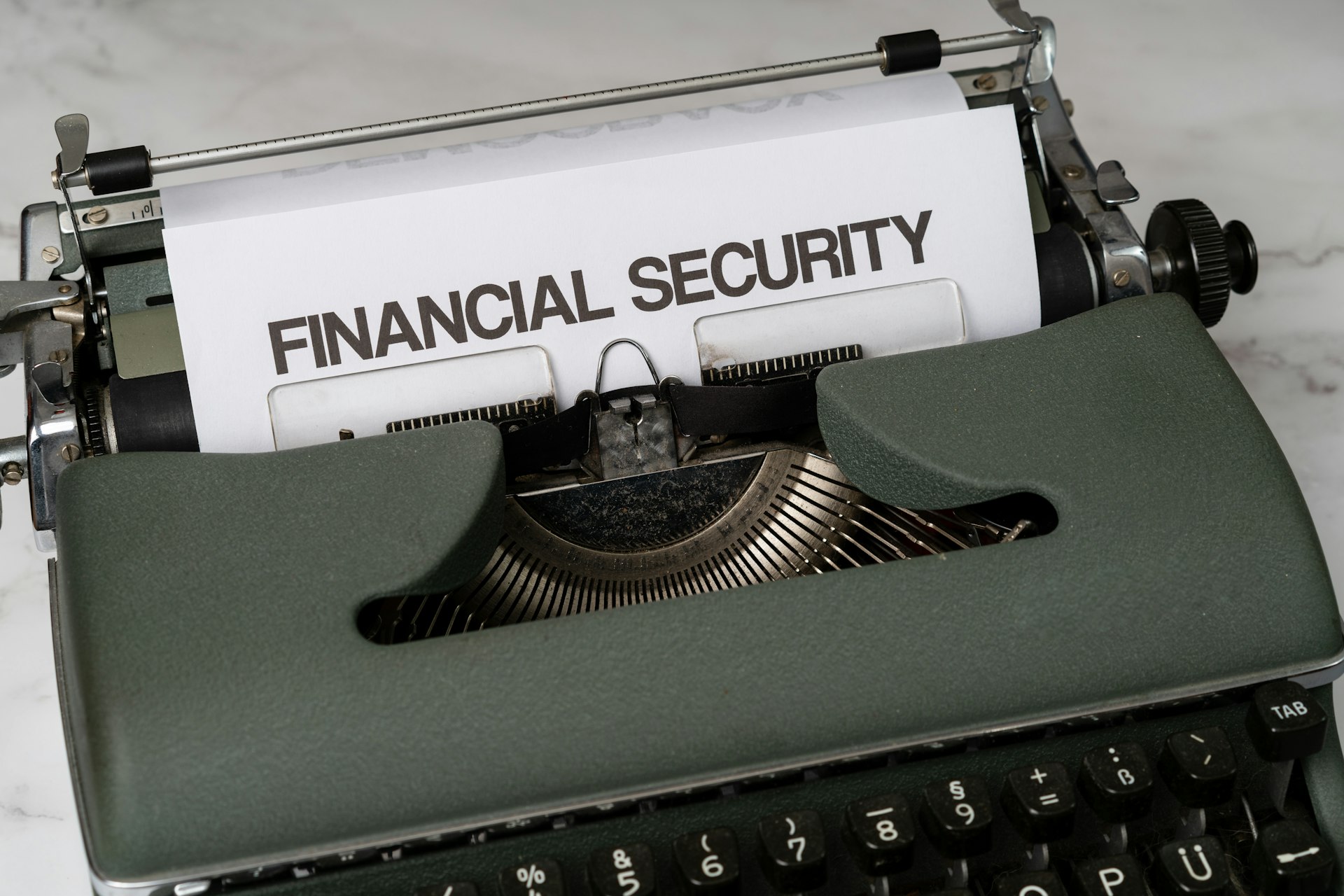How Emergency Funds Secure Your Financial Future: Why Every Household Needs a Safety Net

Photo by Markus Winkler on Unsplash
Introduction: The Essential Foundation of Financial Stability
Life is full of surprises-some pleasant, others costly and disruptive. Whether it’s a sudden medical emergency, an unexpected car repair, or an abrupt job loss, unplanned expenses can threaten your financial well-being. An emergency fund acts as a dedicated buffer designed to absorb these shocks without derailing your long-term goals or forcing you into debt. Understanding the importance of an emergency fund is not just about preparation; it’s about taking active steps toward financial security and peace of mind. [1]
What Is an Emergency Fund and Why Does It Matter?
An emergency fund is a specific savings account set aside solely for unforeseen expenses. Unlike general savings, this fund is reserved for true emergencies-situations that demand immediate financial attention, such as medical bills, sudden unemployment, or urgent repairs. [1] The goal is simple: ensure you have the resources to handle a crisis without relying on high-interest credit cards, payday loans, or depleting your investments. [2]
Having this financial cushion means you’re less likely to incur debt or liquidate long-term assets at a loss during tough times. It gives you flexibility, confidence, and the ability to make informed decisions without the pressure of immediate financial instability. [3]
Key Benefits of Emergency Funds
1. Avoiding Debt and High-Interest Borrowing
Emergencies often force individuals to turn to credit cards or short-term loans, which come with high interest rates and fees. Relying on debt can create a cycle that’s hard to break, leading to financial stress and long-term monetary strain. [3] An emergency fund helps you cover expenses immediately, avoiding additional interest payments and the anxiety of mounting bills.
2. Peace of Mind and Reduced Stress
Knowing you have funds set aside for emergencies can significantly reduce anxiety and allow you to focus on resolving the situation, rather than scrambling for cash. This mental security is invaluable during times of crisis. [4]
3. Financial Flexibility and Empowered Decision Making
An emergency fund allows you to make decisions based on your best interests, not just your immediate financial needs. For example, you may choose a job that aligns with your long-term goals rather than one that only provides short-term financial relief. [3]

Photo by Ivan Shilov on Unsplash
4. Protection for Investments and Assets
Without a cash reserve, you might be forced to sell investments or tap into your home equity under unfavorable conditions. An emergency fund provides a buffer, protecting your long-term assets from liquidation during downturns. [2]
How Much Should You Save?
The recommended amount for an emergency fund varies depending on your circumstances. Most financial experts suggest saving enough to cover three to six months of essential living expenses. [5] This includes rent or mortgage, utilities, food, transportation, and insurance. If your income is unstable or you are the sole provider in your household, you may want to aim for the higher end of that range.
If saving several months’ worth of expenses feels overwhelming, start smaller. Many people set an initial goal of $1,000 and build from there. [5] Consistency is key-every contribution brings you closer to financial stability.
Step-by-Step Guide: Building Your Emergency Fund
1. Assess Your Monthly Expenses
Calculate your essential monthly costs-housing, food, transportation, insurance, and utilities. Multiply this amount by three to six to determine your target emergency fund amount.
2. Open a Dedicated Account
Keep your emergency fund in a separate savings account that is easily accessible but not linked to your everyday spending. Many banks and credit unions offer high-yield savings accounts tailored for this purpose. Ensure the account is FDIC- or NCUA-insured for maximum security. [5]
3. Automate Your Savings
Set up automatic transfers from your checking to your emergency fund each payday. Even small, regular transfers add up over time. Use windfalls like tax refunds or bonuses to boost your balance. [2]
4. Reevaluate and Adjust as Needed
Your financial needs may change due to life events such as marriage, children, or a new job. Review your emergency fund annually to ensure it still matches your current expenses.
Practical Example: How an Emergency Fund Works in Real Life
Consider the case of Laura, who lost her job unexpectedly. Because she had saved four months’ worth of living expenses, Laura was able to focus on her job search without the added pressure of immediate bills. Without her emergency fund, she might have needed to use credit cards, which could have led to high-interest debt and financial stress.
Common Challenges and How to Overcome Them
Building an emergency fund can feel daunting, especially if you’re living paycheck to paycheck. Start by tracking your spending and identifying areas where you can cut back-perhaps dining out less often or cancelling unused subscriptions. Set incremental savings goals and celebrate progress along the way. Remember, saving even a small amount is better than nothing.
If you experience a setback, such as needing to tap into your fund for an actual emergency, don’t get discouraged. Replenish the account as soon as possible and continue prioritizing your long-term financial health. [3]
Alternative Approaches for Building a Safety Net
Some individuals supplement their emergency funds with other resources, such as a home equity line of credit or investments in easily liquidated assets. However, these alternatives carry risks, including interest costs or potential investment losses. The safest approach remains a dedicated, liquid savings account reserved exclusively for emergencies. [4]
How to Access Emergency Fund Services and Resources
To start your emergency fund, explore your local banks or credit unions for high-yield savings account options. Search online for “emergency savings account” alongside your city or state to compare features and rates. If you need help creating a budget or savings plan, consider reaching out to a certified financial counselor. The National Foundation for Credit Counseling (NFCC) is a reputable organization that can connect you with qualified professionals-visit the NFCC website or look up “NFCC financial counseling” online for more information.
For step-by-step guidance, you can also access articles and tools provided by established financial institutions such as Vanguard, New York Life, and your local Department of Financial Institutions. These organizations offer calculators, worksheets, and educational resources to help you set goals and track progress. [4]
Key Takeaways and Next Steps
Establishing an emergency fund is a foundational step toward lasting financial security. It shields you from unexpected expenses, reduces stress, and empowers you to make confident decisions during uncertain times. Start small, automate your savings, and adjust your goals as your needs evolve. Remember, building an emergency fund is a journey-every dollar saved is a step closer to peace of mind and financial independence.
References
- [1] Merchants Bank (2025). Understanding the Importance of an Emergency Fund.
- [2] New York Life (2024). Why you should have an Emergency Fund.
- [3] Amerant Bank (2023). Understanding the Importance of an Emergency Fund.
- [4] Vanguard (2024). Emergency fund: Why you need one.
- [5] Washington State Department of Financial Institutions (2024). The Importance of Having an Emergency Savings Account.
MORE FROM smartsavingsfinder.com













